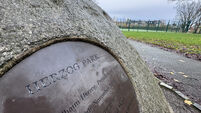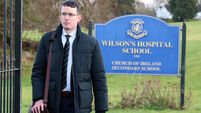Science calms waters
NATURAL disasters like extreme storms, floods, or forest fires cannot be avoided. Due to climate change, the frequency and intensity of such events may increase.
EU scientific research has helped a lot to improve the resilience and preparedness of Europe against natural and man-made disasters.
















